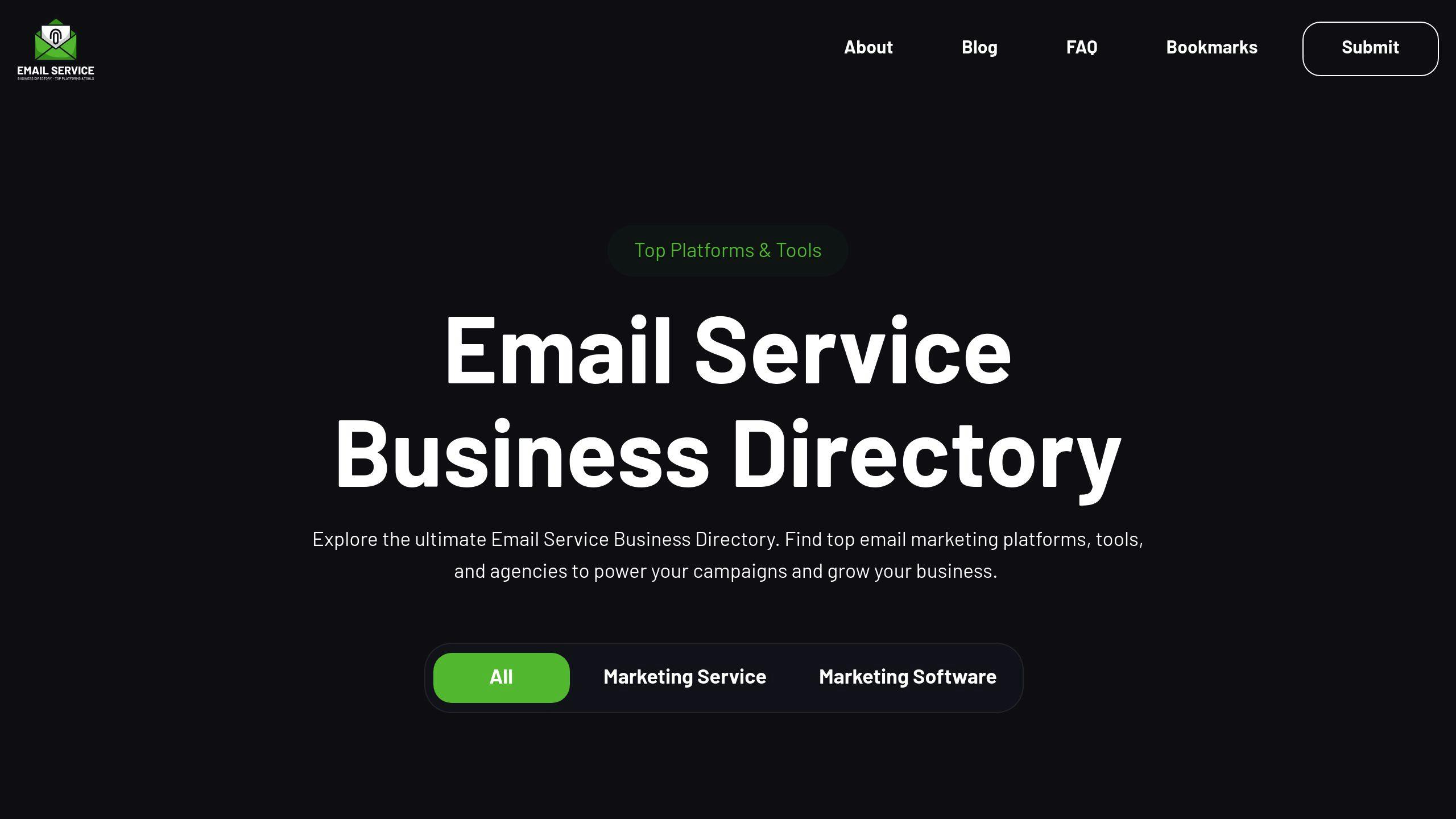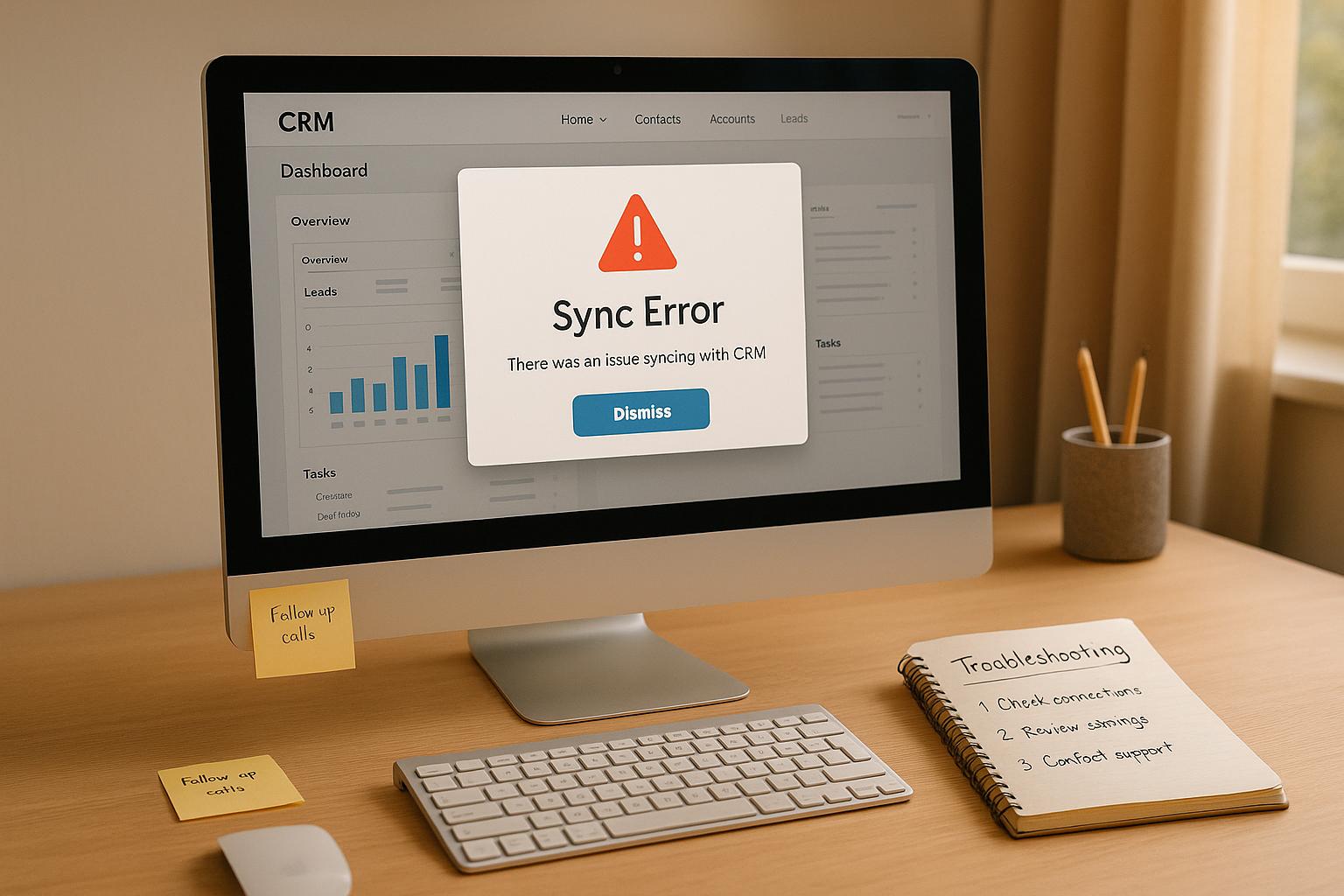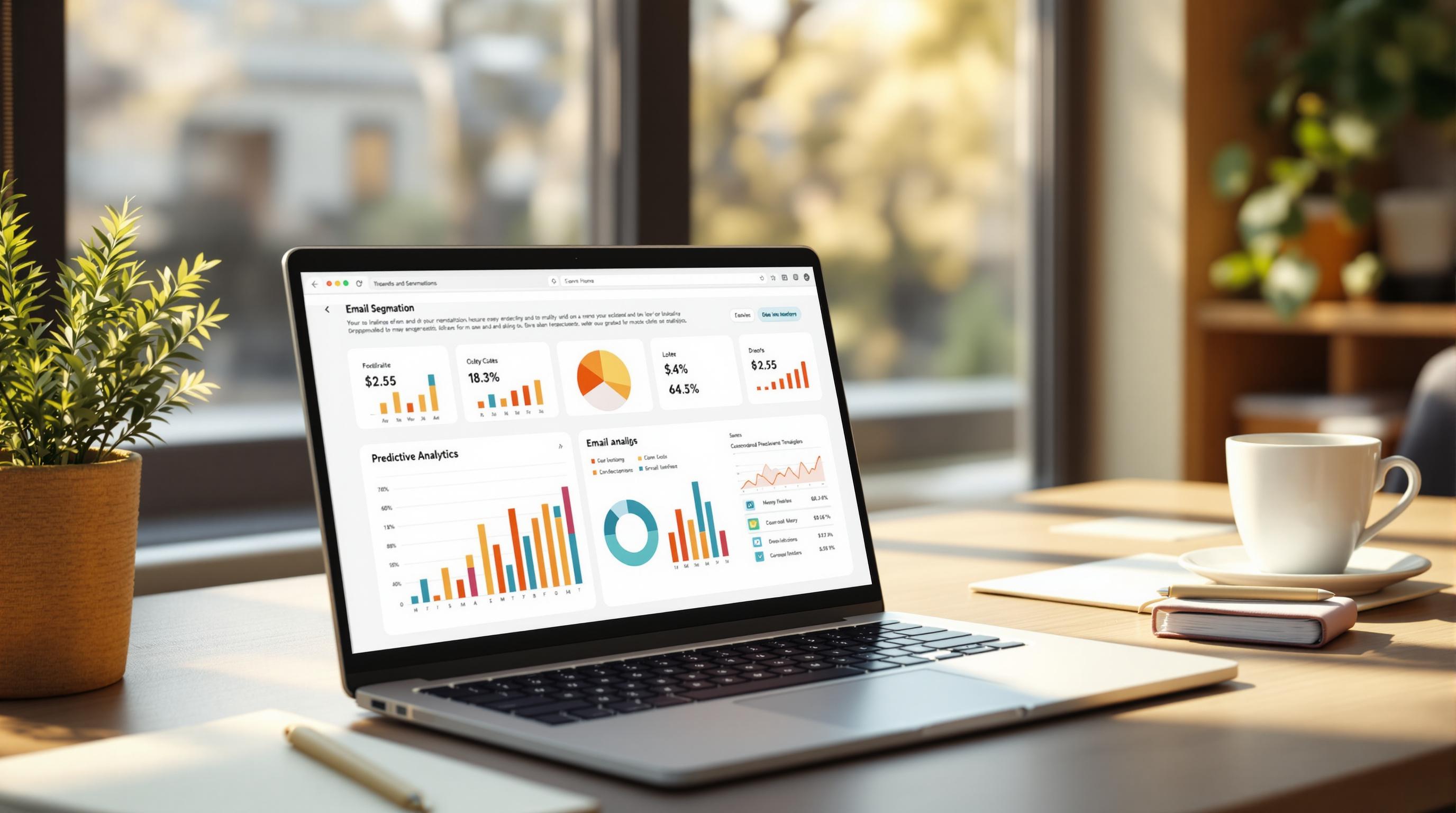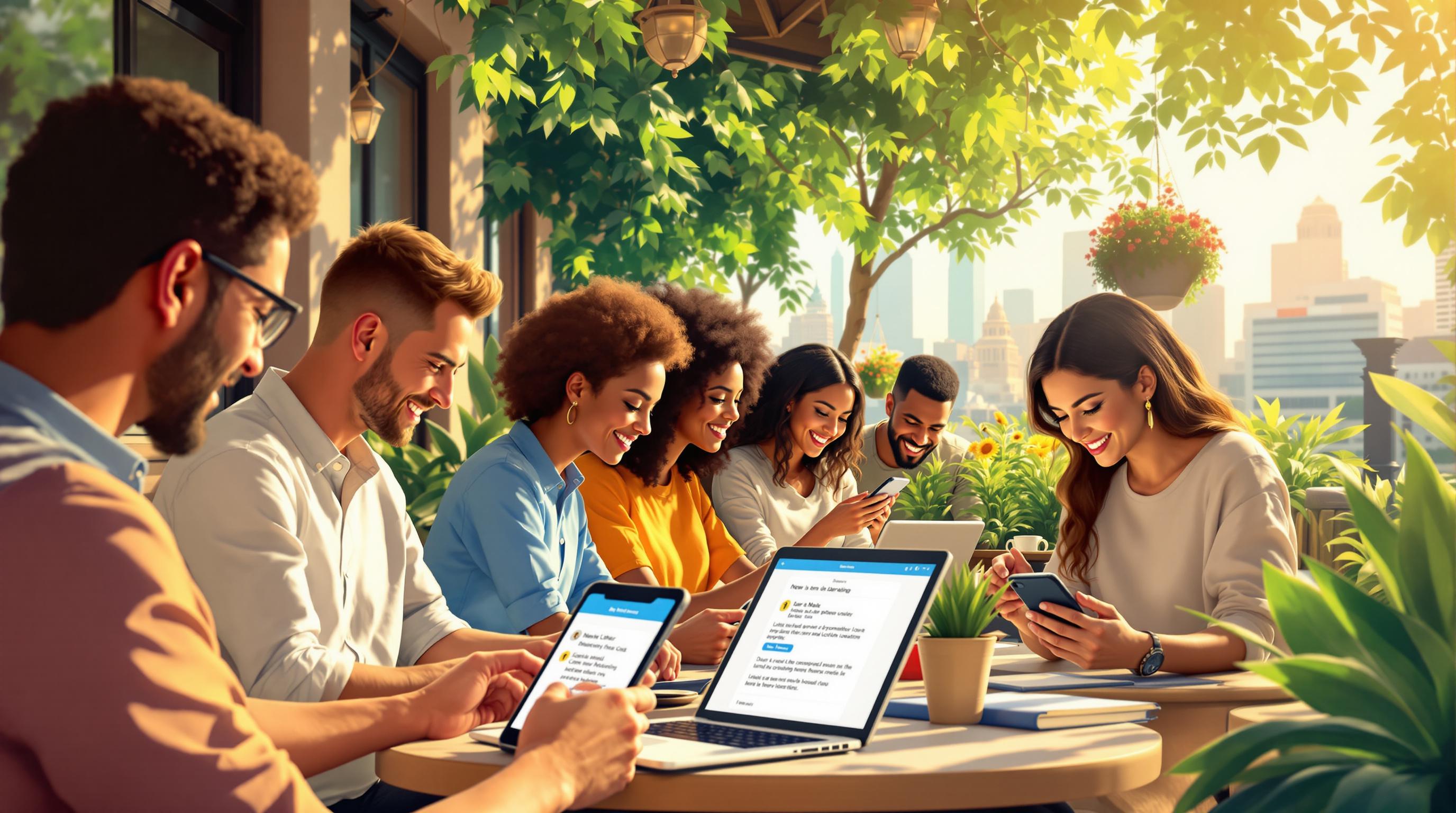Want to keep your customers from leaving? Lifecycle emails are your secret weapon. These targeted, automated emails guide customers through every stage of their journey - from onboarding to reactivation - helping reduce churn and boost retention. Here’s a quick summary of how they work:
- Welcome Emails: Build trust and set expectations early.
- Educational Content: Teach customers how to get the most out of your product.
- Engagement Emails: Keep users involved and excited.
- Reactivation Emails: Win back inactive customers with personalized offers.
Why it matters: Keeping customers is up to 25x cheaper than acquiring new ones, and improving retention by just 5% can increase profits by 25%-95%. Ready to learn how to use lifecycle emails effectively? Let’s dive in.
Understanding Customer Churn
What is Customer Churn?
Customer churn refers to the rate at which customers stop using a company's products or services over a specific period. For subscription-based businesses like Netflix or Spotify, this happens when subscribers cancel their memberships. In e-commerce, it shows up when customers stop making repeat purchases.
To tackle churn effectively, businesses need to understand its different forms and the challenges each one brings.
Types of Churn Explained
Recognizing the various types of churn helps businesses develop targeted strategies to address specific issues.
| Churn Type | Definition | Impact | Example |
|---|---|---|---|
| Customer Churn | Complete loss of customers | Immediate revenue loss and higher costs | Subscription cancellation |
| Revenue Churn | Decrease in revenue from existing users | Gradual revenue decline, relationship intact | Downgrade to a cheaper plan |
By addressing both customer and revenue churn, companies can create more opportunities for growth.
Why Reducing Churn Matters
Gartner's research reveals that 80% of future revenue comes from just 20% of existing customers, highlighting the importance of keeping current customers happy. Harvard Business Review also found that improving customer retention by just 5% can boost profits by 25% to 95%.
Lower churn helps stabilize revenue, reduces the need for expensive customer acquisition efforts, and fuels growth as loyal customers are more likely to upgrade or recommend your services.
"Customer retention is the new acquisition", says Brian Balfour, former VP of Growth at HubSpot.
Focusing on long-term customer satisfaction instead of short-term wins is key to reducing churn and ensuring steady business growth.
Related video from YouTube
Lifecycle Stages and Email Tactics
Crafting the right emails for each stage of the customer lifecycle can make all the difference in keeping users engaged and reducing churn. Here’s how to tailor your email strategies to match where your customers are in their journey.
Onboarding Emails
The onboarding phase is where first impressions matter most. This is when customers decide whether your product or service meets their expectations. Well-planned onboarding emails help them quickly understand the value you offer.
| Email Type | Purpose & Timing |
|---|---|
| Welcome | Sent immediately: Introduce your brand and outline next steps. |
| Setup Guide | Day 1-2: Provide a step-by-step guide to get started. |
| Feature Spotlight | Day 3-7: Highlight key features and benefits. |
Once the onboarding process is complete, the priority shifts to keeping customers engaged and interested.
Engagement Emails
After onboarding, engagement emails are key to maintaining an active customer base. These emails should focus on delivering ongoing value and encouraging interaction. Examples include:
- Announcements about product updates or new features.
- Educational content that aligns with how customers are using your product.
- Personalized recommendations based on their behavior or preferences.
For instance, Beekeeper's Naturals segments its audience based on behavior, achieving an impressive 45% email engagement rate, far exceeding industry norms.
While engagement emails nurture ongoing interest, retention and reactivation emails are essential for addressing customers who might be slipping away.
Retention and Reactivation Emails
Timing is everything when it comes to preventing churn. Reactivation emails sent within 60 days of inactivity typically perform best, while waiting beyond 90 days can significantly reduce response rates. These emails target customers showing signs of disengagement, such as:
- Logging in less frequently.
- Using the product less often.
- Missing renewal deadlines.
- Leaving product setup incomplete.
Sears has found success with win-back campaigns that include personalized offers, exclusive discounts, and testimonials from happy customers. These strategies can reignite interest and bring customers back into the fold.
Tips for Effective Lifecycle Emails
Segmentation and Personalization
Breaking your audience into smaller, well-defined groups is a powerful way to make your emails hit the mark. Research from Econsultancy shows that marketers using targeted segmentation see a 74% boost in customer engagement. The trick? Focus on meaningful behaviors like purchase habits, website activity, or email interaction patterns.
Instead of relying solely on basic demographics, use behavioral triggers to guide your segmentation. For example:
| Customer Behavior | Email Response |
|---|---|
| Browsing but not buying | Send a reminder featuring the viewed product, paired with a limited-time discount. |
| Regular shopper | Offer VIP perks like exclusive deals or early access to sales. |
| Declining activity | Launch a re-engagement campaign with tempting incentives. |
Timing and Sending Frequency
When you send emails can be just as important as what you send. Triggered emails - those sent in response to specific actions - tend to perform better than blanket mass emails. But timing also depends on where the customer is in their journey. Here’s a quick guide:
| Lifecycle Stage | Recommended Timing | Purpose |
|---|---|---|
| Welcome | Immediately after signup | Make a strong first impression. |
| Post-purchase | 2-3 days after purchase | Provide usage tips or upsell ideas. |
| Re-engagement | Within 60 days of silence | Reignite interest before it’s lost. |
While timing gets your emails noticed, the content and design ensure they lead to action.
Content and Design Tips
Your email content needs to deliver value while staying visually appealing. As Campaign Monitor highlights:
"Using first-party data to shape content can help build brand recognition and motivate customers to take action." - Built In
Here’s how to make your emails stand out:
- Stick to your brand’s voice but tailor the message to match the customer’s stage in the journey.
- Highlight clear, bold CTAs that tell recipients exactly what to do next.
- Leverage dynamic content that adjusts based on the recipient’s behavior or preferences.
- Experiment with layouts to find what resonates most with your audience.
Since more than half of emails are opened on mobile devices, make sure your design is responsive. Keep it simple, fast-loading, and easy to navigate on smaller screens. Platforms with strong A/B testing tools can help you fine-tune both your content and timing for the best results.
sbb-itb-6e7333f
Examples of Successful Email Campaigns
Success Stories
Netflix keeps subscribers engaged by analyzing their viewing habits and sending out personalized 'New on Netflix' emails. These well-timed recommendations help reduce cancellations and keep viewers interested, especially when their activity starts to drop.
Amazon has mastered customer retention with tailored product recommendations. By analyzing browsing history, they suggest items that resonate with individual shoppers, boosting engagement and driving repeat purchases.
Beekeeper's Naturals shows how smaller brands can thrive with lifecycle emails. They use educational content to highlight their products' benefits, building trust with customers. Their welcome email series has led to a 40% increase in customer retention among subscribers who complete it.
These examples showcase smart strategies, but many businesses still fall into traps that can derail their email campaigns.
Common Mistakes to Avoid
Knowing what not to do is just as important as learning best practices. Here are some common missteps in lifecycle email campaigns and how to avoid them:
| Mistake | What Happens | How to Fix It |
|---|---|---|
| Sending Too Many Emails | Overwhelms subscribers, leading to more unsubscribes | Space emails out based on engagement patterns |
| Generic, Irrelevant Content | Lowers engagement and erodes trust | Use customer data to create personalized, useful messages |
| Poor Timing | Misses chances to connect with customers | Send emails when they’re most likely to engage |
Sears turned things around by ditching generic promotions and focusing on win-back campaigns with personalized offers. This approach successfully reactivated inactive customers, proving how impactful data-driven personalization can be.
The takeaway? Relevance and timing matter far more than how often you send emails. By focusing on customer needs and leveraging data insights, you can steer clear of these pitfalls and set your campaigns up for success.
Tools for Lifecycle Email Marketing
Today's platforms make lifecycle email campaigns easier with tools that handle automation, segmentation, and performance tracking.
Using the Email Service Business Directory

The Email Service Business Directory is a useful resource for navigating email marketing solutions. If you're new to lifecycle emails, this directory simplifies the process of finding tools that align with your goals. Its filters help identify platforms designed for specific lifecycle stages:
| Lifecycle Stage | Key Features to Look For | Recommended Use Case |
|---|---|---|
| Onboarding | Welcome series automation, Behavioral triggers | Engaging new customers |
| Retention | Advanced segmentation, Predictive analytics | Reducing customer churn |
| Win-back | Re-engagement tools, Timing optimization | Reconnecting with inactive users |
After narrowing down your needs with the directory, explore platforms that specialize in lifecycle email marketing.
Popular Email Marketing Platforms
When evaluating platforms, prioritize features that support your retention goals:
| Feature | Impact on Churn Prevention |
|---|---|
| Behavioral Tracking | Flags customers likely to churn |
| Dynamic Content | Customizes emails for different lifecycle stages |
| A/B Testing | Refines campaigns using performance data |
| Analytics Dashboard | Tracks campaign success and retention trends |
Here are some standout platforms for lifecycle email marketing:
- HubSpot: Offers seamless CRM integration to track customer journeys, leading to a 74% boost in engagement rates.
- ActiveCampaign: Uses AI to predict the best times to send emails based on user behavior.
- Mailchimp: Provides robust segmentation tools and ready-to-use templates, making it a great choice for small to mid-sized businesses.
These platforms combine automation, personalization, and analytics to help you create effective email campaigns that keep customers engaged. Selecting the right tool ensures your communication strategy is both targeted and impactful.
Conclusion and Next Steps
Key Takeaways
Lifecycle email marketing can significantly reduce customer churn, with studies showing a 74% boost in engagement rates when using targeted strategies. The secret? Sending personalized content that connects with customers at every stage of their journey. Modern email platforms simplify this process with tools like predictive analytics and behavioral triggers, allowing you to spot and address churn risks before they escalate.
The foundation of success lies in knowing your customer segments, maintaining regular communication, and adjusting your tactics based on customer behavior.
To bring these ideas to life, here's a practical guide to kick off your lifecycle email campaigns.
Steps to Get Started
Launching a lifecycle email campaign requires careful planning. Below is a straightforward plan to guide you:
| Phase | Action Items | Expected Outcome |
|---|---|---|
| Planning & Setup | Map customer journey stages, configure the platform, and set up tracking | Establishes a solid base for automated campaigns with clear lifecycle touchpoints |
| Launch | Start with a welcome series and monitor engagement | Builds an initial connection with your audience |
| Optimize | Review performance data, refine segments, and scale automation | Enhances targeting and overall campaign results |
Start small by focusing on one lifecycle stage at a time. A great place to begin is the onboarding sequence, as it often has the highest engagement. Use your email platform's analytics to monitor key metrics like open rates and click-through rates, and tweak your strategy based on what the data tells you.
As your campaign evolves, expand your workflows and refine your personalization efforts. Keep it simple at first - focus on delivering timely, relevant emails rather than overloading your setup with extra features. Build out from core automations for critical touchpoints, letting performance metrics and customer feedback guide your next steps.
FAQs
How to reduce email churn?
Reducing email churn involves using strategies that keep your subscribers engaged and interested. Here are some proven methods to help you maintain a healthy email list:
Personalization and Timing
Tailored emails can make a big difference. Data shows that personalized emails can lead to 20-30% better customer retention compared to generic ones. Timing also matters - sending emails based on subscriber behavior can drive results. For instance, a cart abandonment email sent within 24 hours can boost purchase rates by 15%.
Re-engagement Tactics
Inactive subscribers don't have to stay that way. A well-thought-out re-engagement campaign can bring them back. Here are some effective strategies:
| Strategy | Impact | Tips for Success |
|---|---|---|
| Feedback Surveys & Incentives | Recover up to 45% of inactive users | Offer exclusive deals and ask about preferences |
| Educational Content | Cuts churn by 25% on average | Share useful product tips or industry insights |
Re-engagement campaigns are just one piece of the puzzle. Pairing email efforts with other communication channels can further strengthen your connection with customers.
Multi-Channel Integration
Using multiple platforms together can enhance your email efforts. For example, combining social media interactions with email campaigns creates a consistent experience that keeps subscribers engaged across the board.
Monitoring and Optimization
Keep an eye on metrics like open rates and click-through rates to spot potential churn risks early. Adjust your strategy based on these insights. If you're managing a large-scale email program, consider platforms with advanced analytics and automation tools. Resources like the Email Service Business Directory can guide you to the right solutions.


